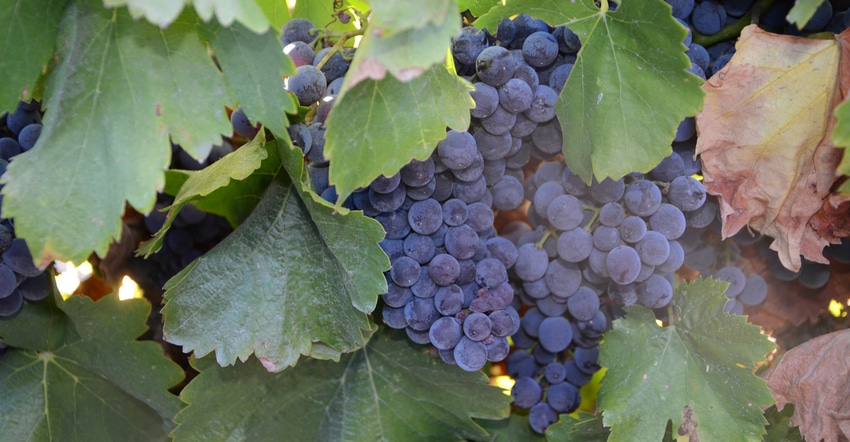June 2, 2020

Chemistry and wine are a powerful combination. Understanding the components from that fermented grape juice can make the difference between a big winner, or a cheap product that doesn’t build market share for a winery. Trouble is, chemistry is also hard, and often the testing has to be done at the busiest times of the year.
Researchers at Washington State University may have the answer. They’ve made it easier to test the chemical makeup of red wine to get the quality product they seek.
In a paper released in the journal Molecules, the researchers presented a new model that allows winemakers to get measurements in their wine that previously required difficult, tedious or expensive testing.
In announcing the paper, Jim Harbertson, a WSU associate professor of enology and the corresponding author on the paper, noted that some of the testing methods are very difficult for people in a winery’s lab to use during harvest. “The industry asked us to come up with alternate ways to get information. We love chemistry, but most people don’t want to do that,” he says.
The researchers created a model that allows wine labs to measure phenolics, which are typically out of reach for most. Phenolics give red wine key sensory characteristics, including mouthfeel and color. And they provide antioxidants to the wine.
Harbertson explains that he and his colleagues simplified lengthy tests. “It took us several years and a huge amount of work and math, but we’ve corroborated the results of the model, and it worked well.”
Making things easier
Essentially winemakers can conduct relatively simple tests, then run them through the new WSU-created algorithm and get accurate predictions on the mouthfeel and color of the wine they’re producing. In the paper, Harbertson and his colleagues note that the algorithm will have to be adjusted over time as conditions change, but the corroboration helps assure that results are accurate.
Using a spectroscope and the WSU algorithm, a winery lab can get a quicker look at the phenolics in fermented wine. “Technicians and winemakers in a winery lab will have a much easier time doing the work and getting useful results,” Harbertson says.
And the information has been made available to winemakers. Harbertson used research funds to make the academic paper he co-wrote with WSU colleagues Chris Beaver and Tom Collins open-access and available to anyone online. The goal is to help all wineries in the state and around the country with their winemaking.
Harbertson says the work is “for the people who make the wine that people drink. This provides winemakers with a new tool for measuring the components and will ultimately help consumers have better wines to drink.”
Wine labs can download the paper for more information.
Source: Washington State University, which is solely responsible for the information provided and is wholly owned by the source. Informa Business Media and all its subsidiaries are not responsible for any of the content contained in this information asset.
You May Also Like




